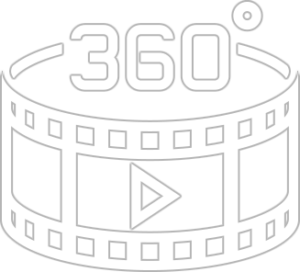Markets and Applications/
Virtual Reality AND 360° Video
Quality Requirements for Next Generation VR
VR has the potential to disrupt the entire media industry providing immersive and interactive experiences that are not possible with more traditional formats. VR devices are becoming very popular and it is expected that they will have significant user penetration very soon. However, VR is still in its early stages and the current generation of technologies has several technical and usability limitations.
A new generation of VR, aimed at enabling a truly virtual reality experience is emerging. Significant advances are being made in the quality of cameras and displays for having higher resolution, frame rate, pixel density, and Field-of-View (FoV).
16K and 240 fps are needed for “true VR”
Raja Koduri, head of GPU at AMD
8K per eye is the ideal resolution for full immersive virtual reality
Palmer Lucky, co-founder of Oculus Rift
